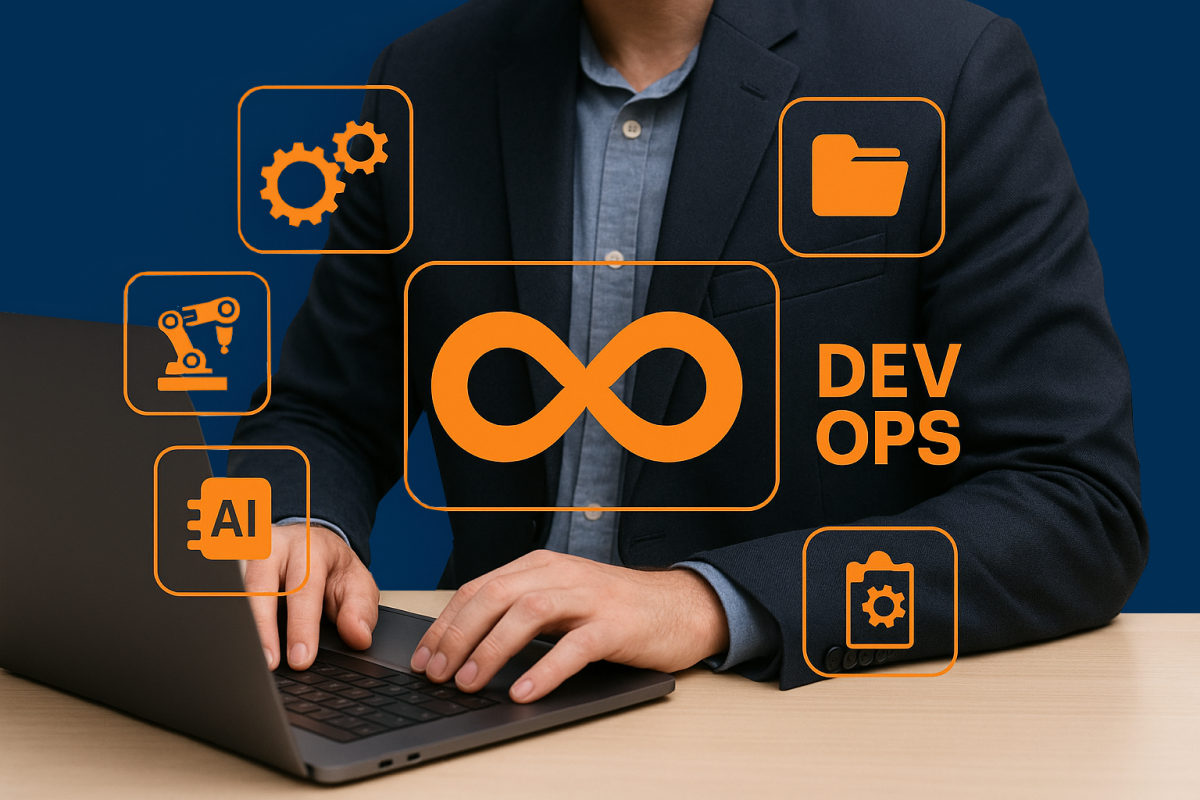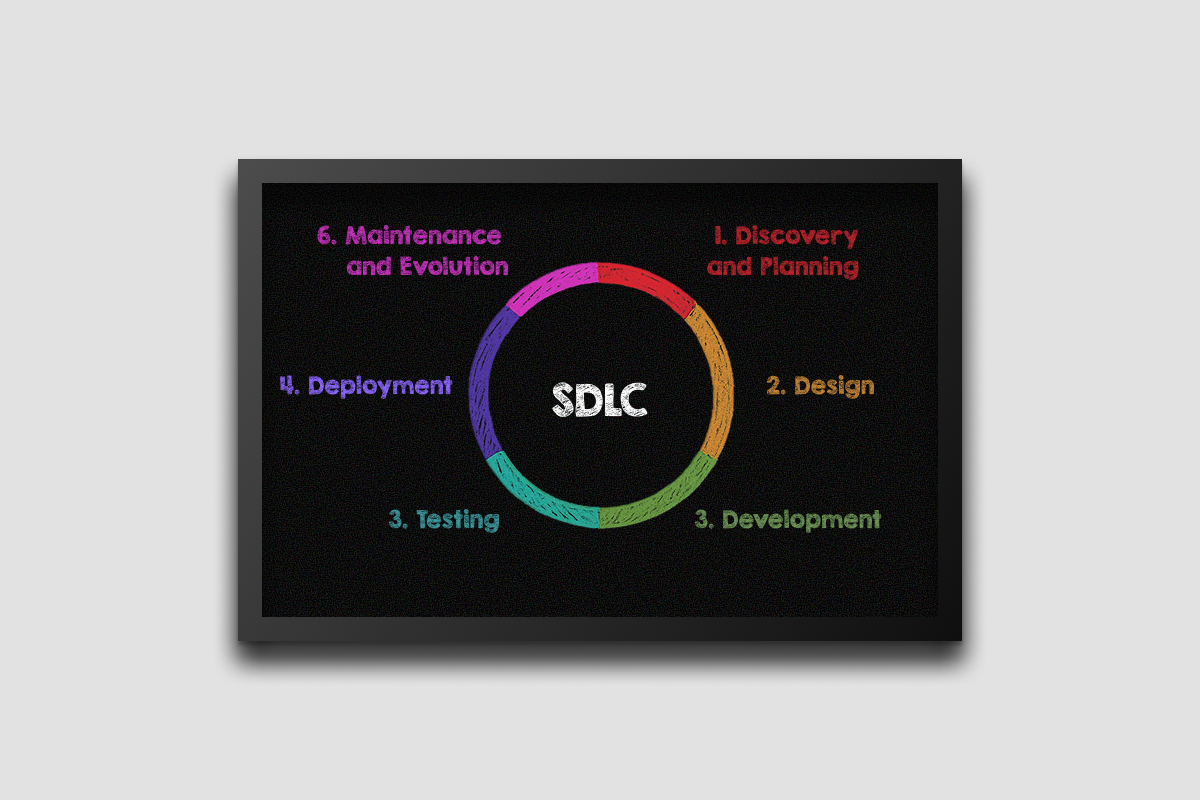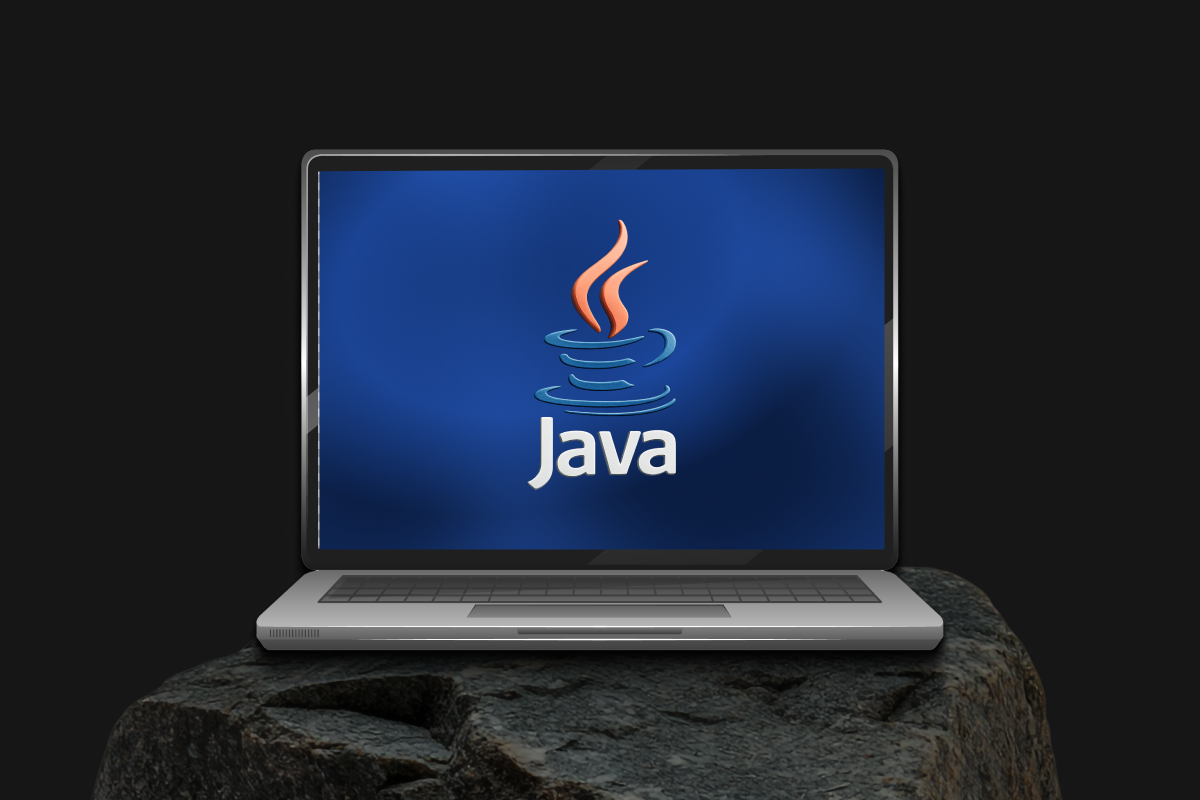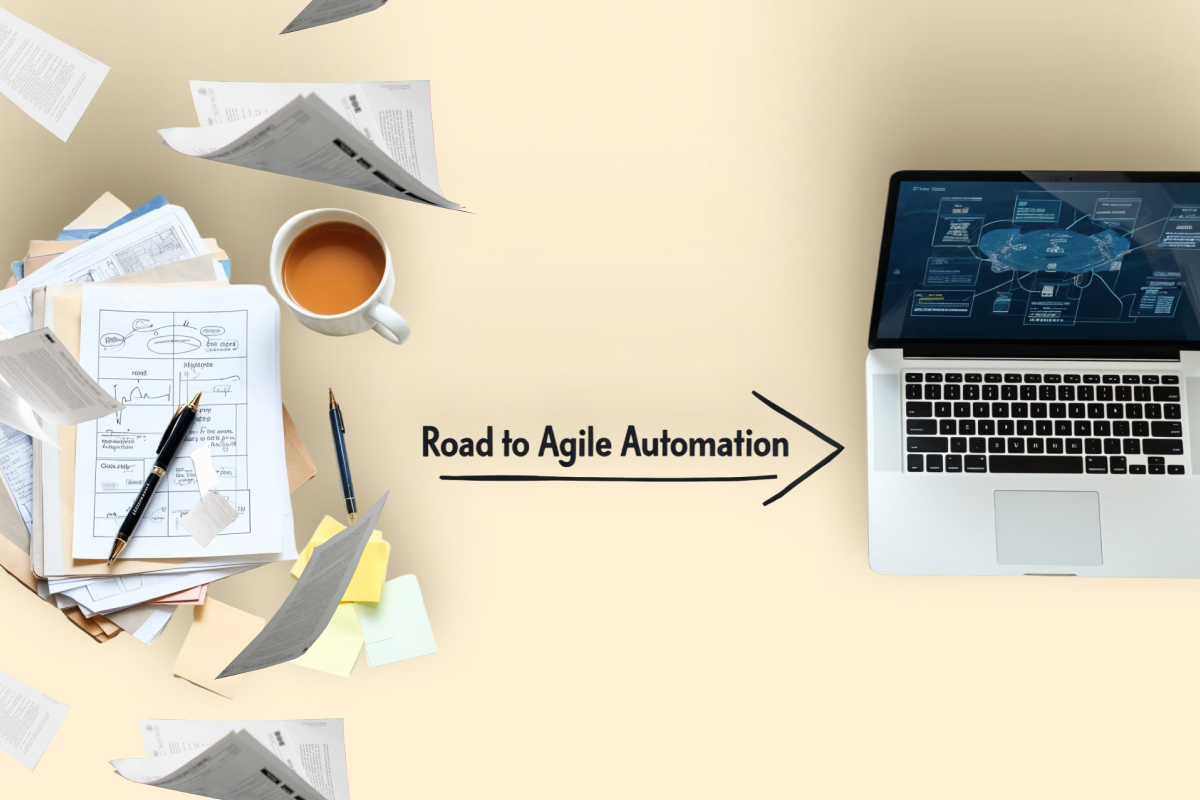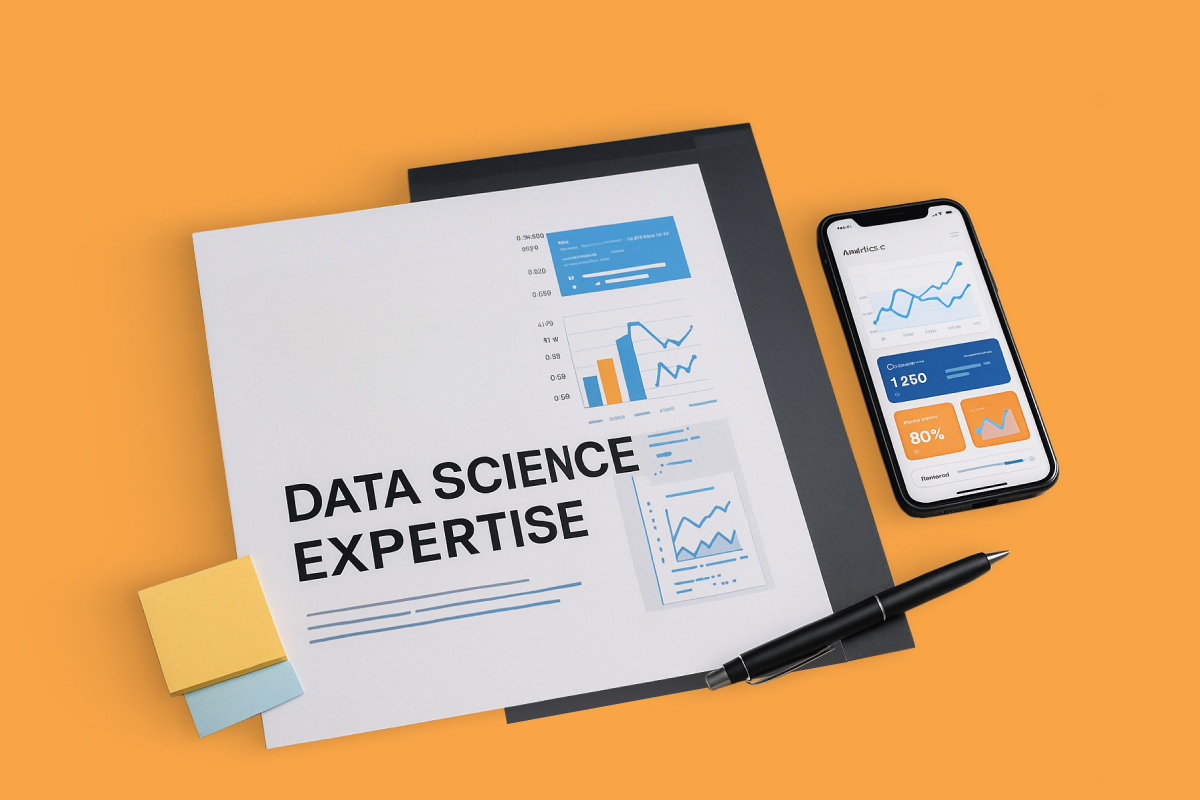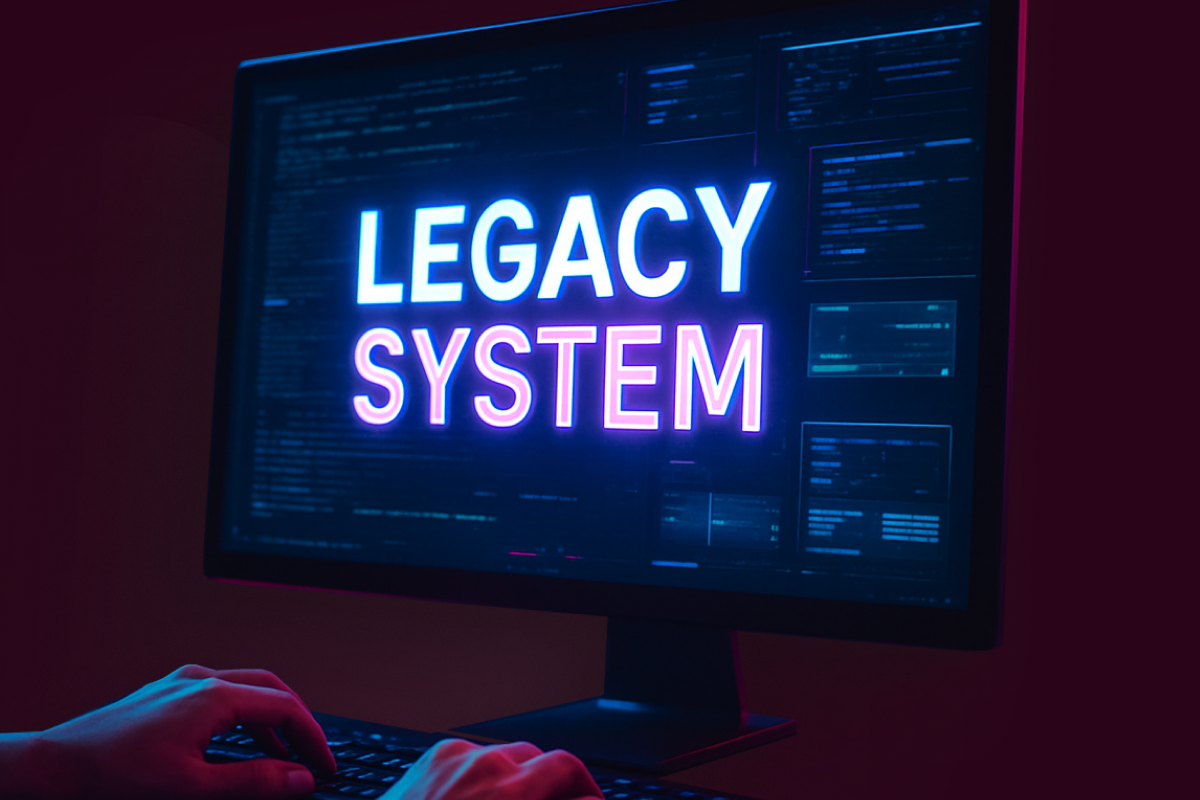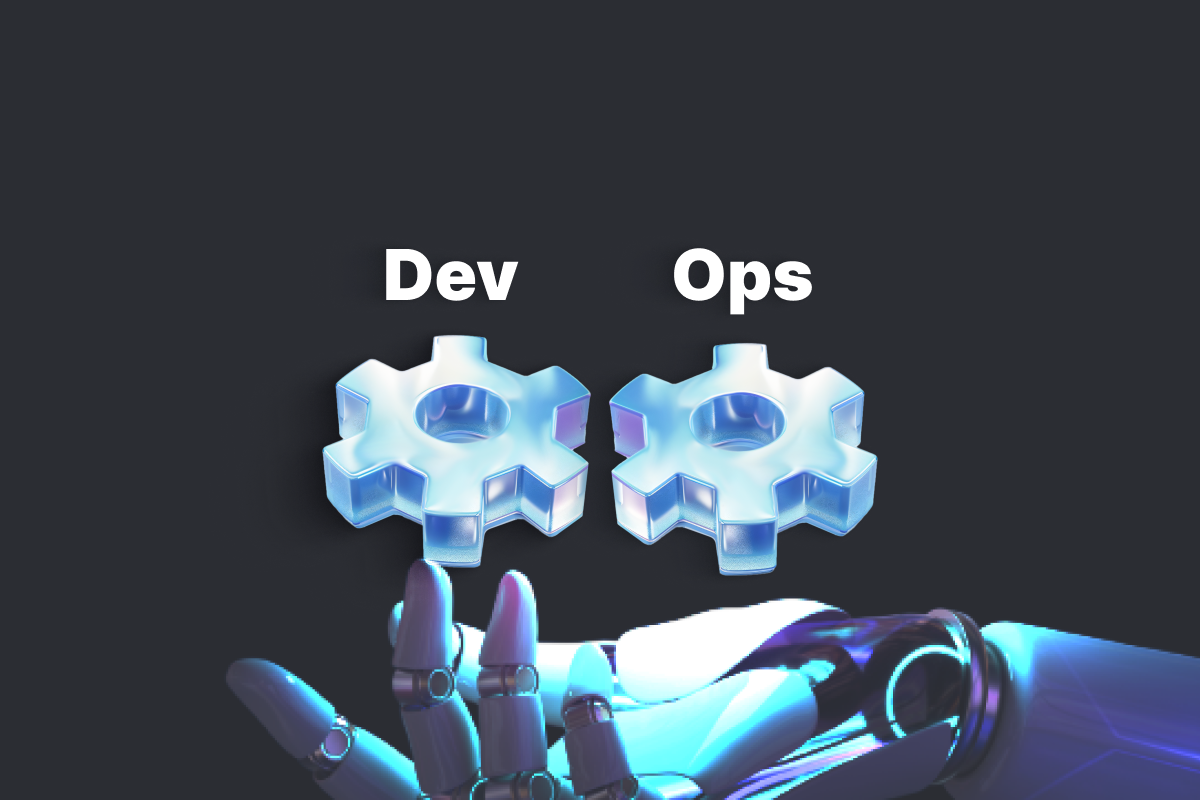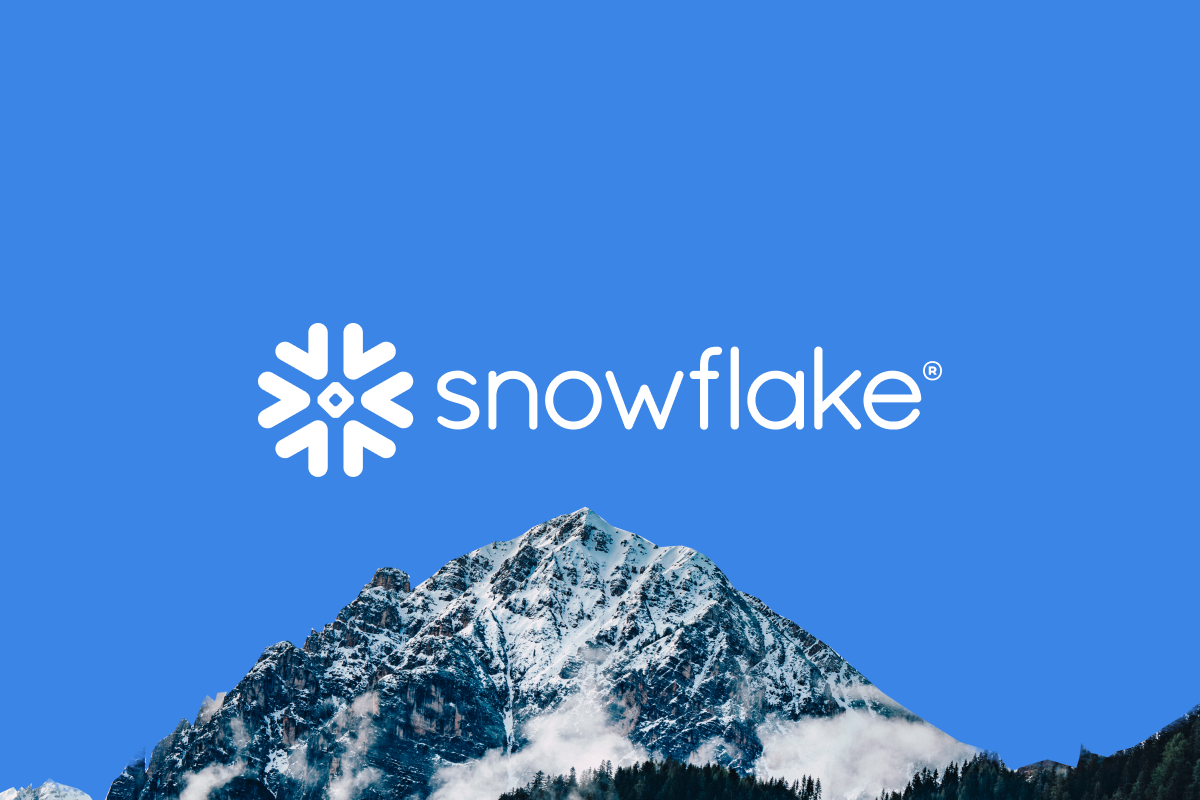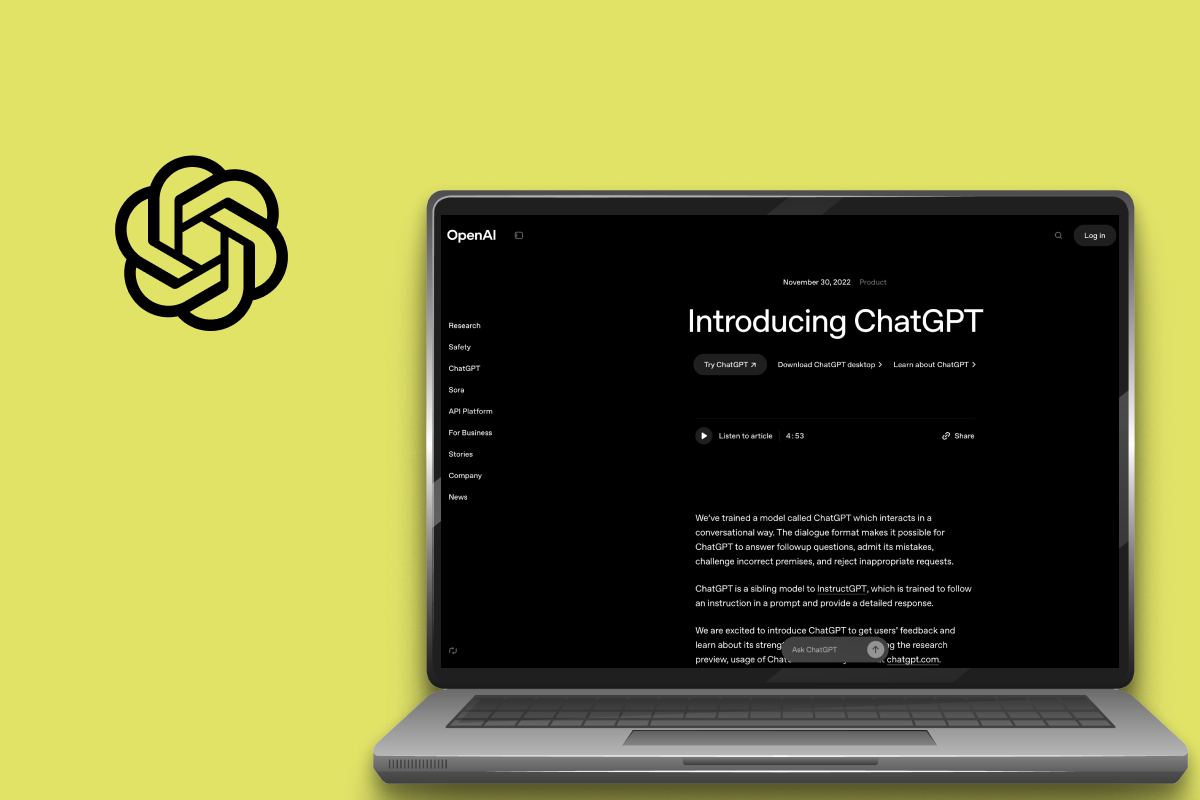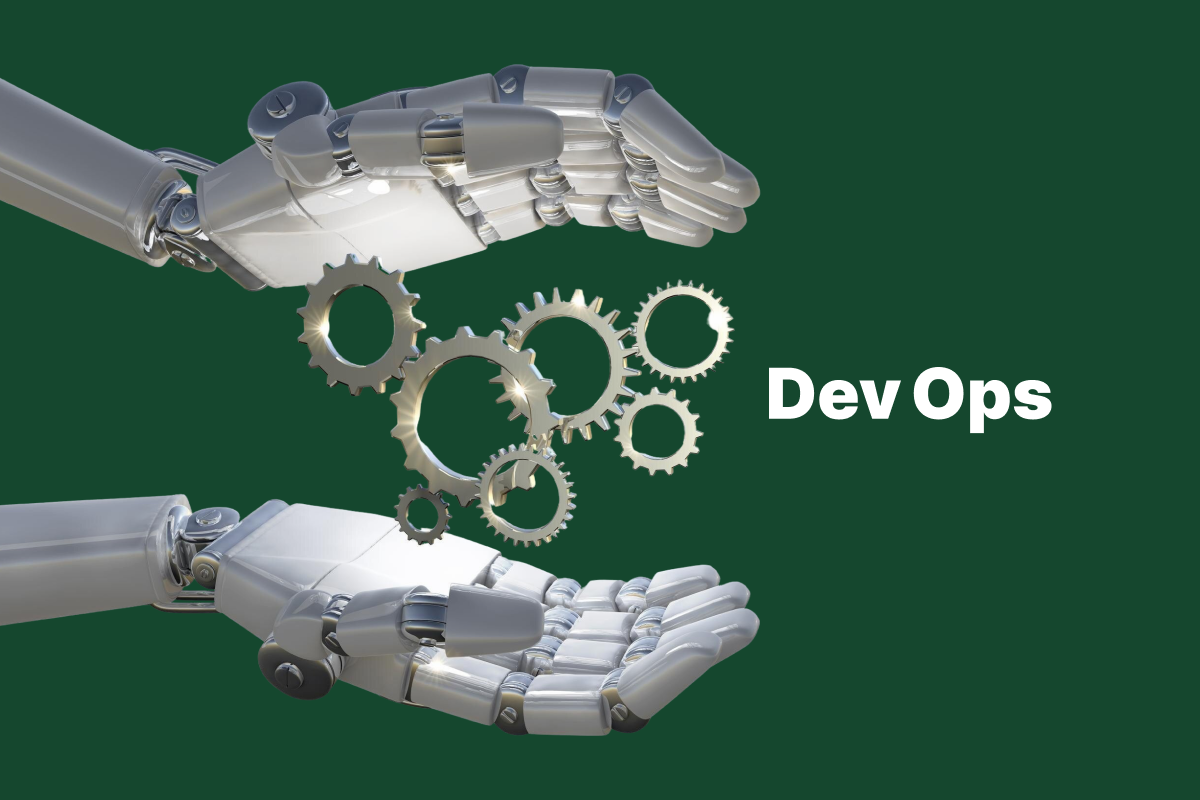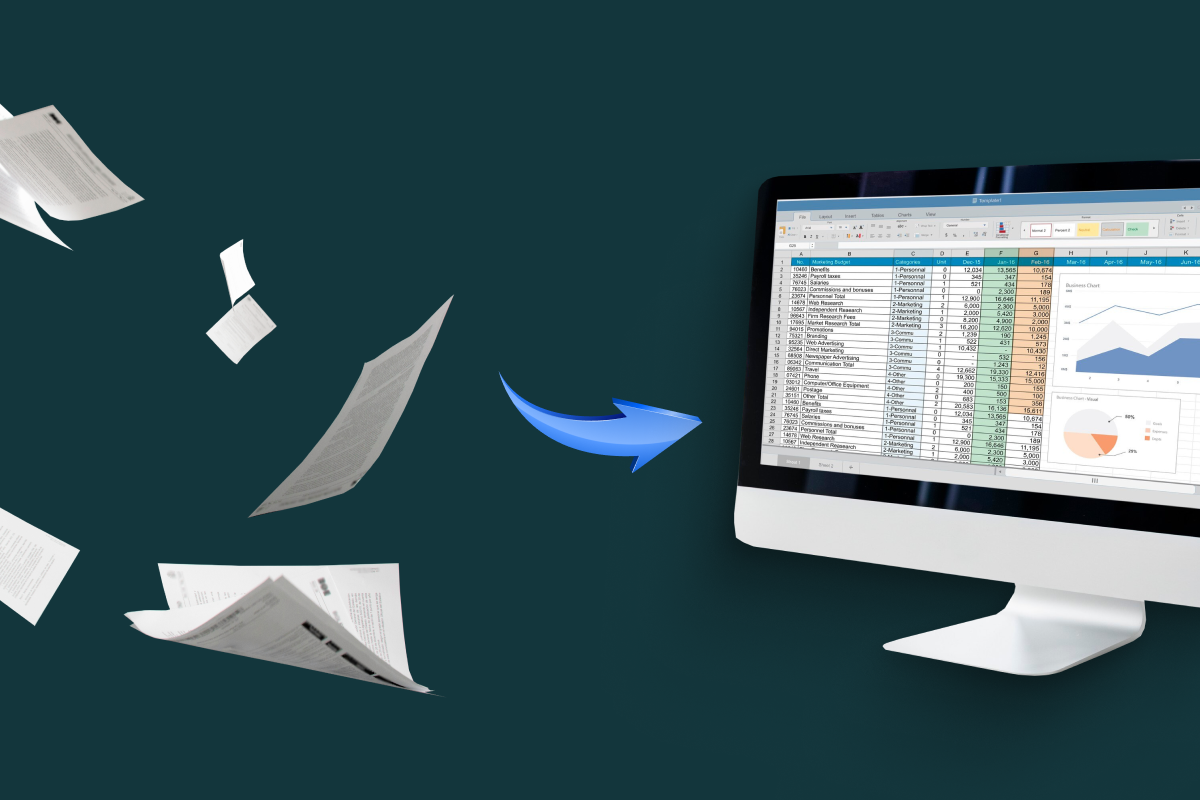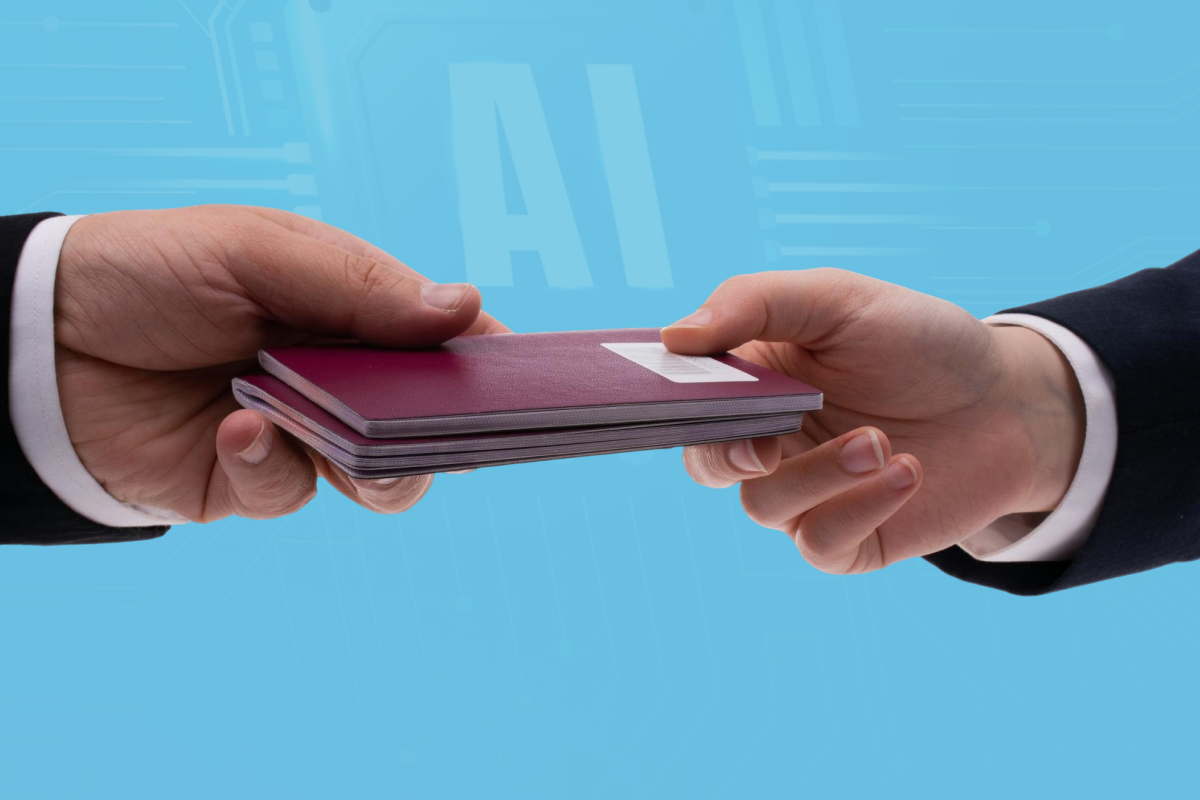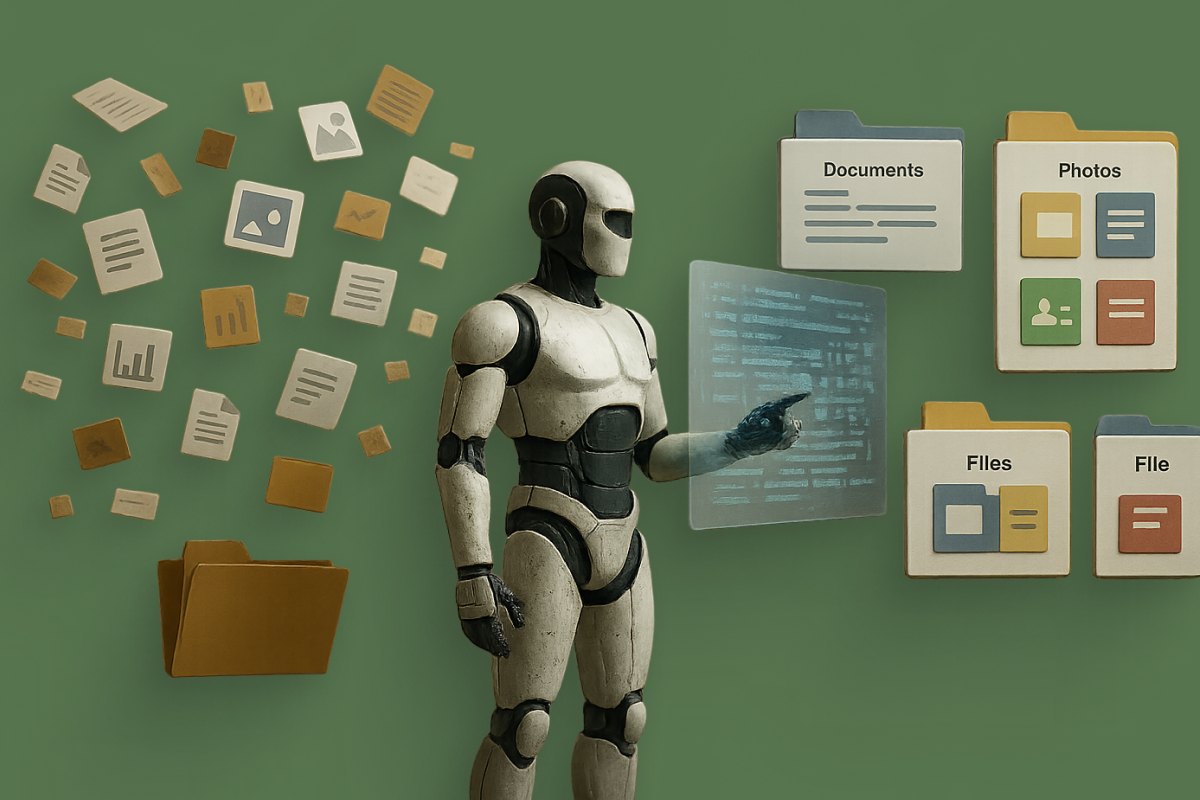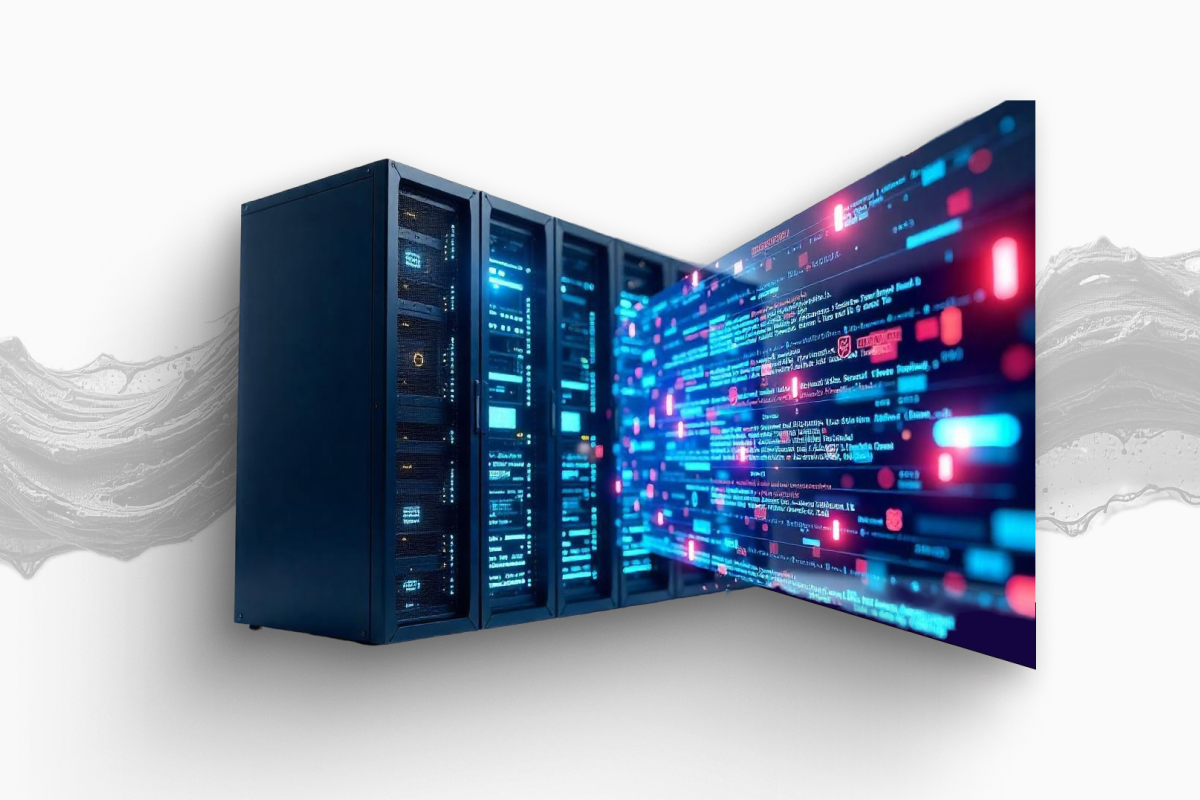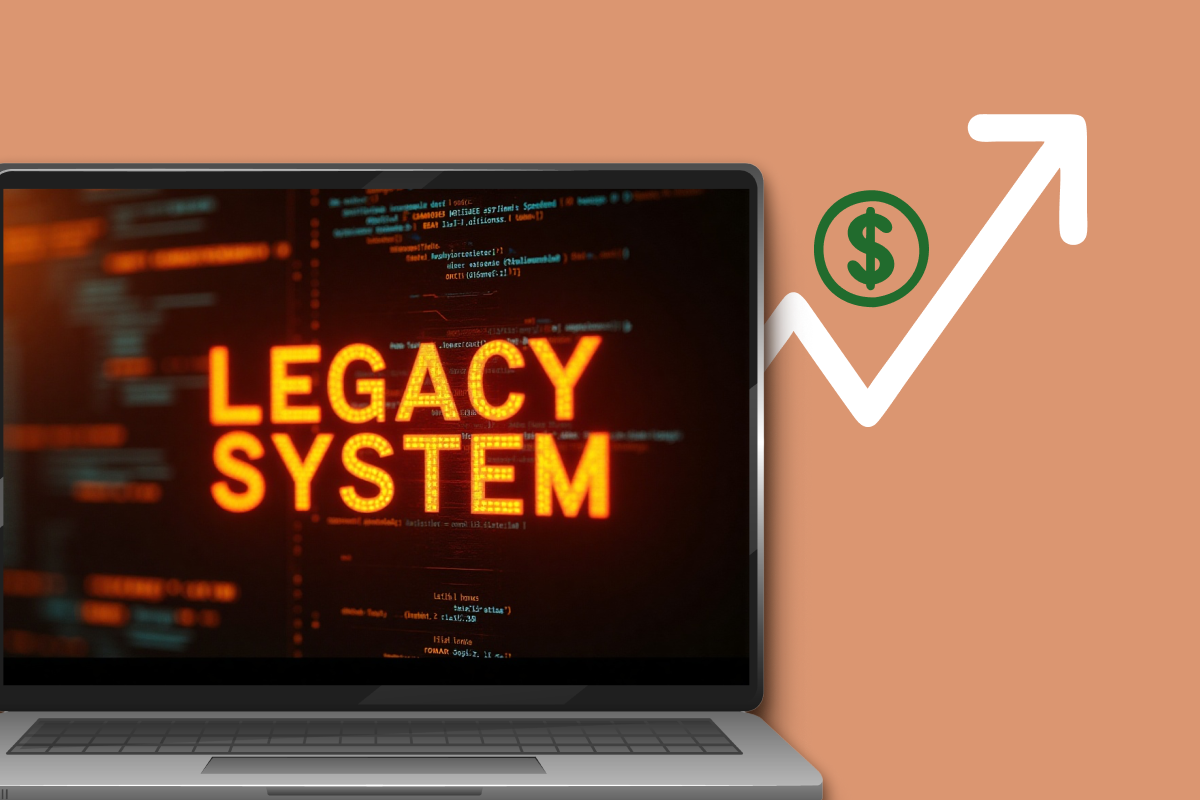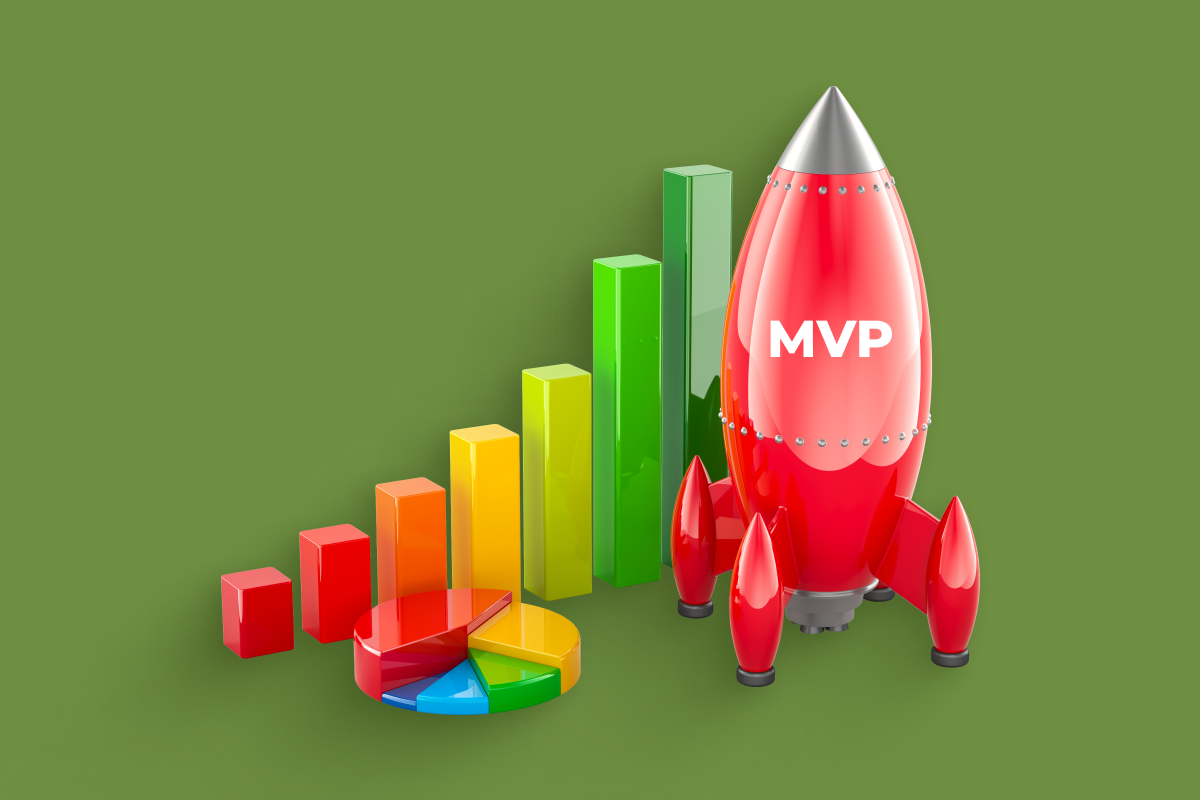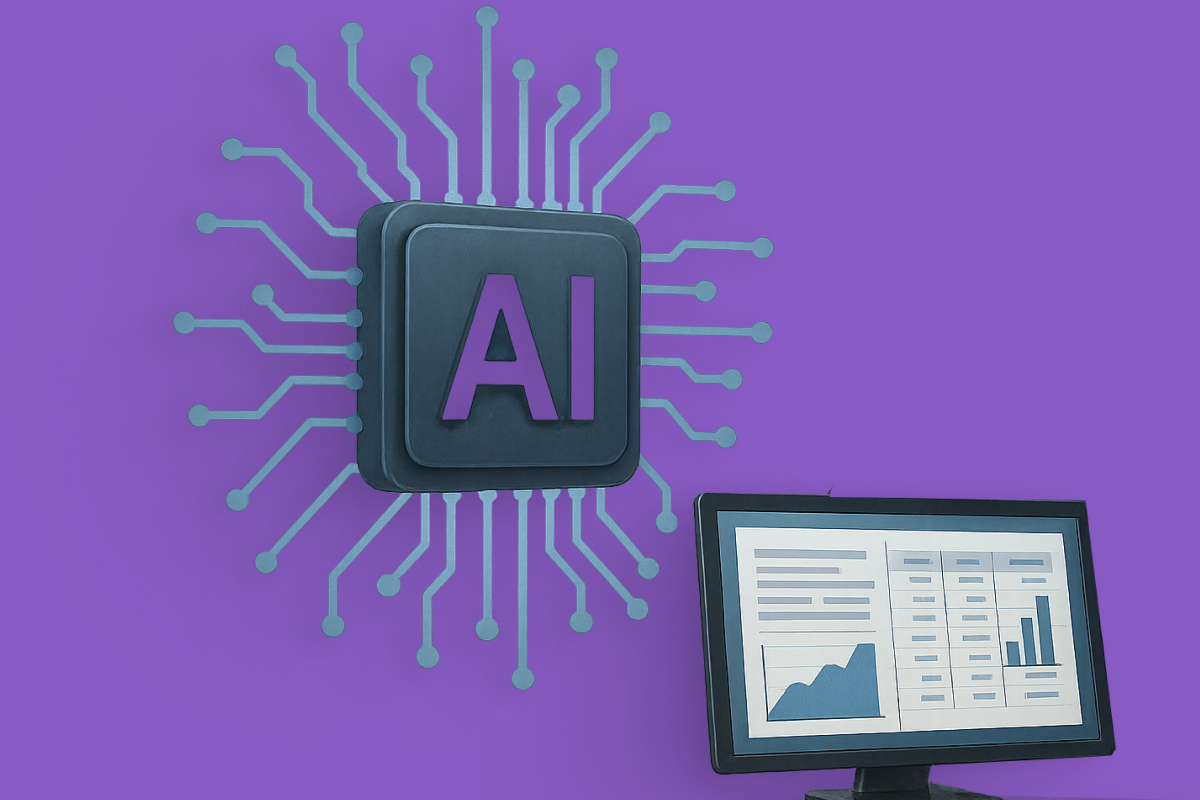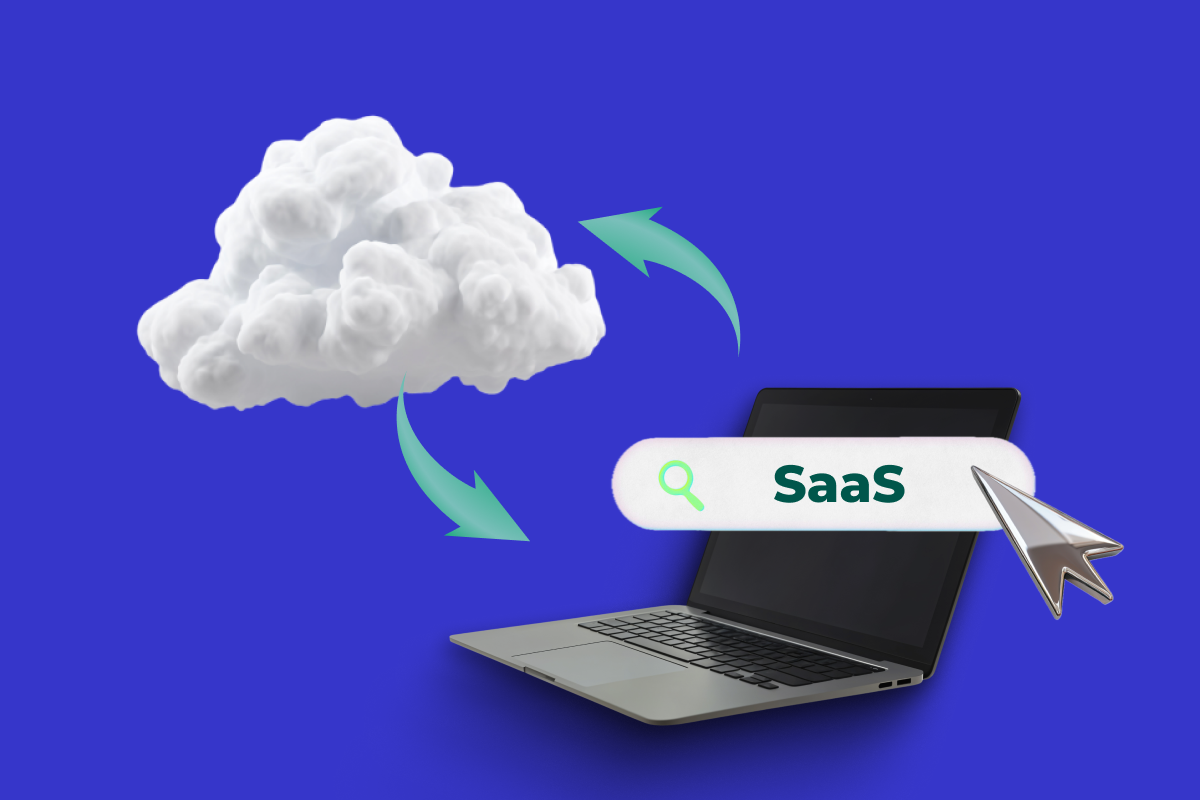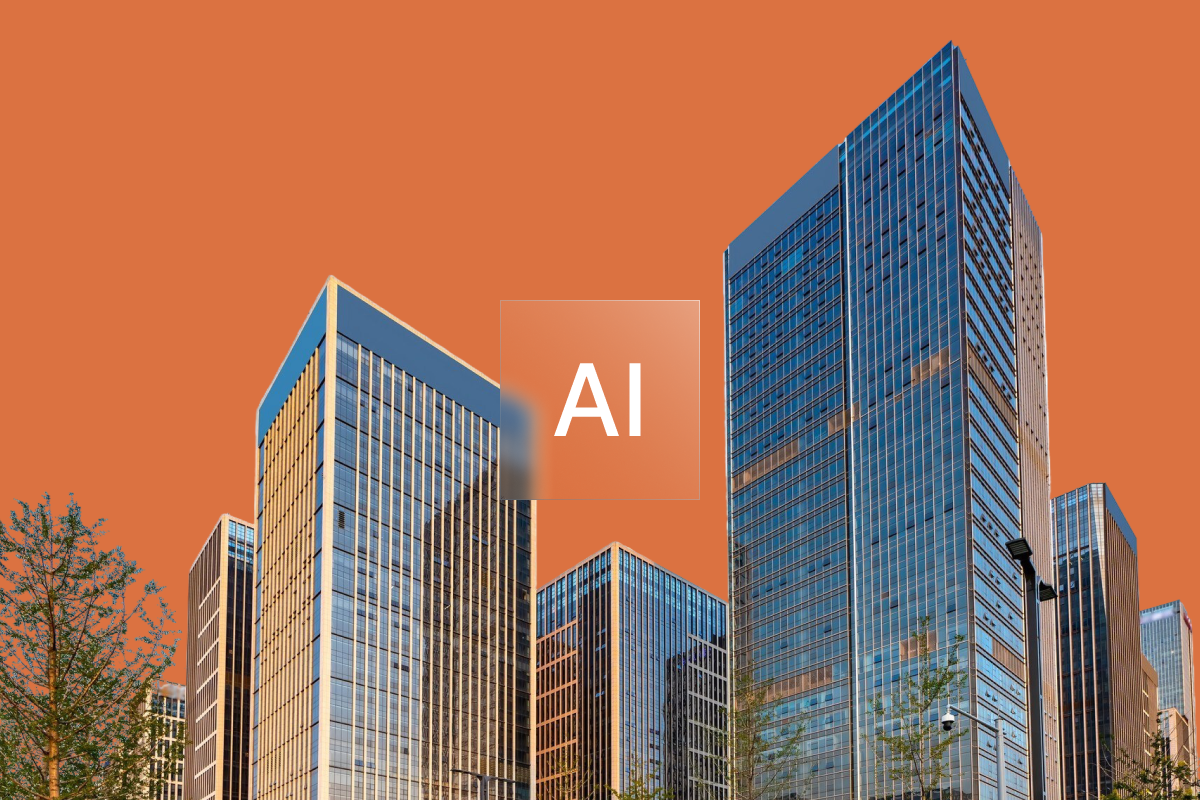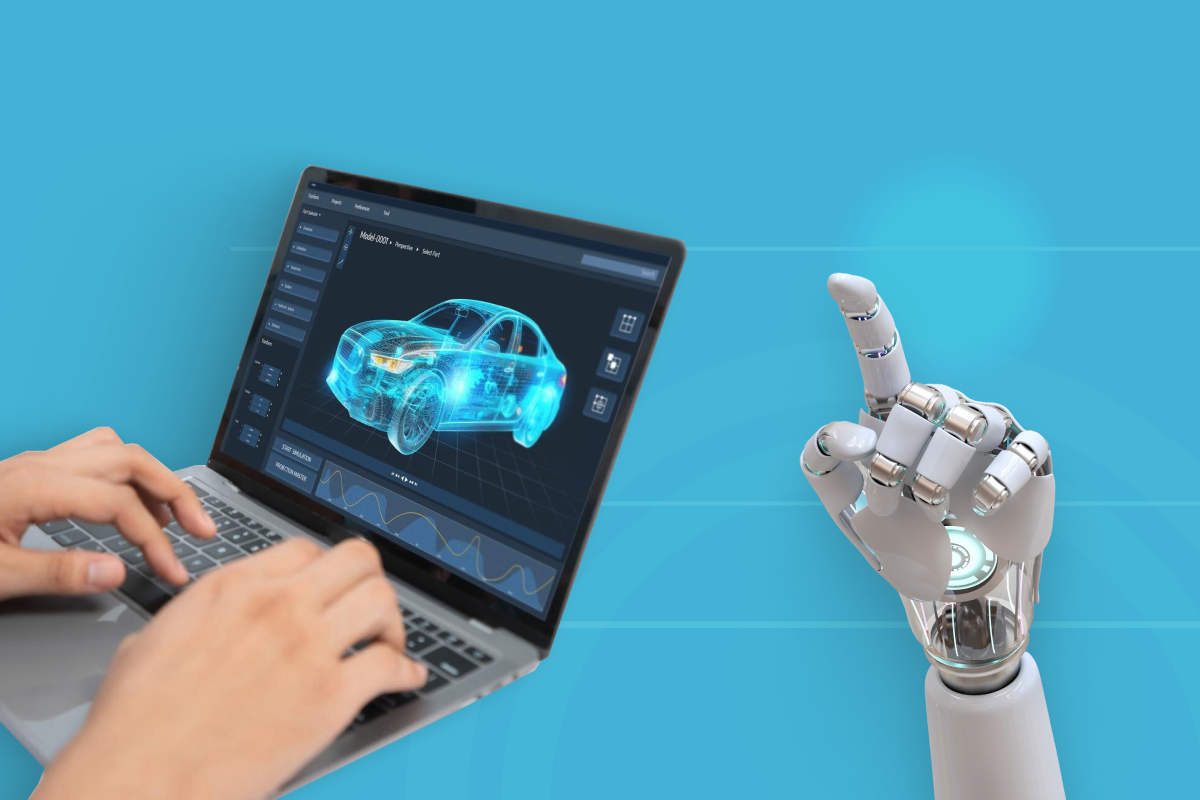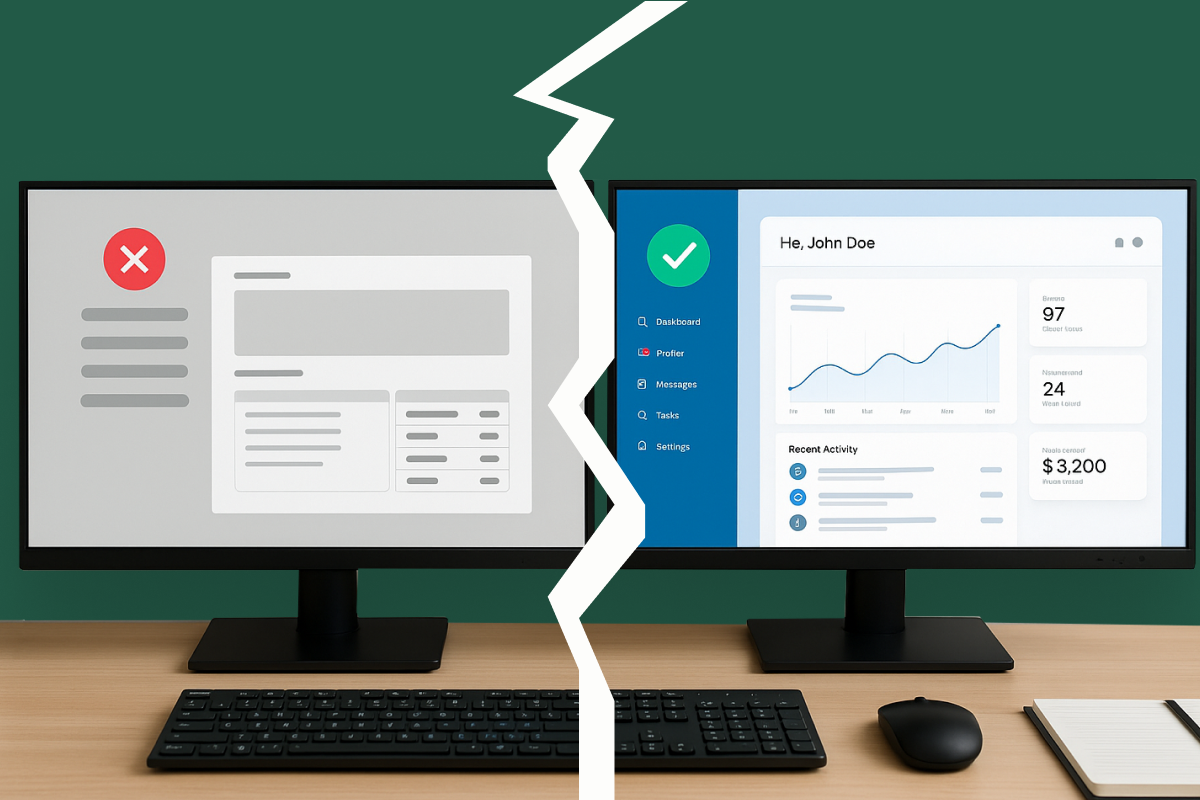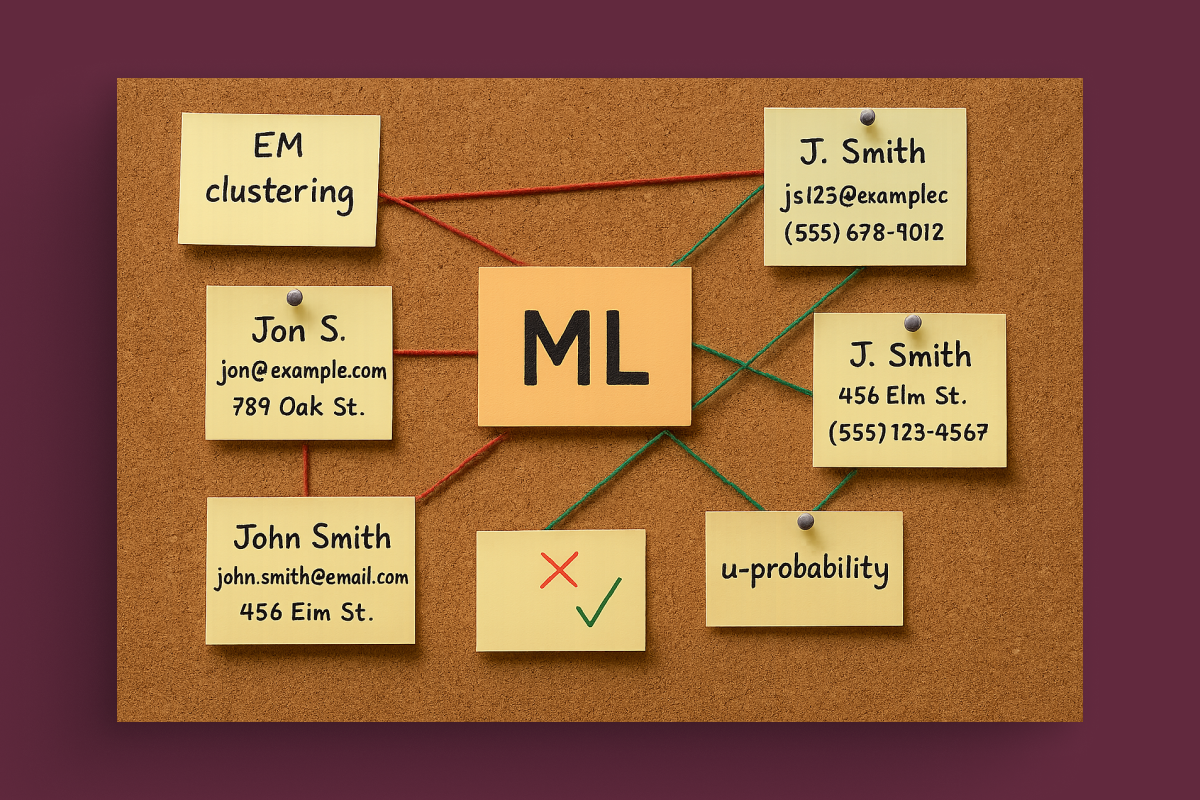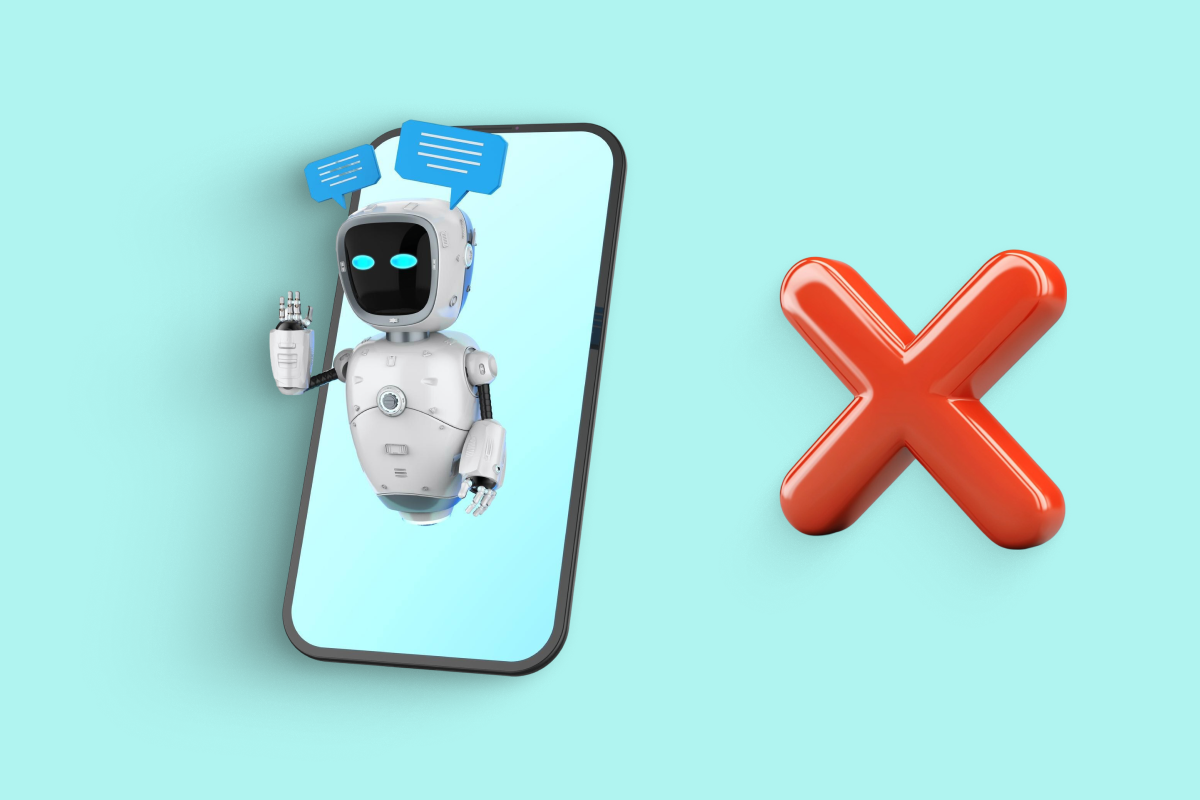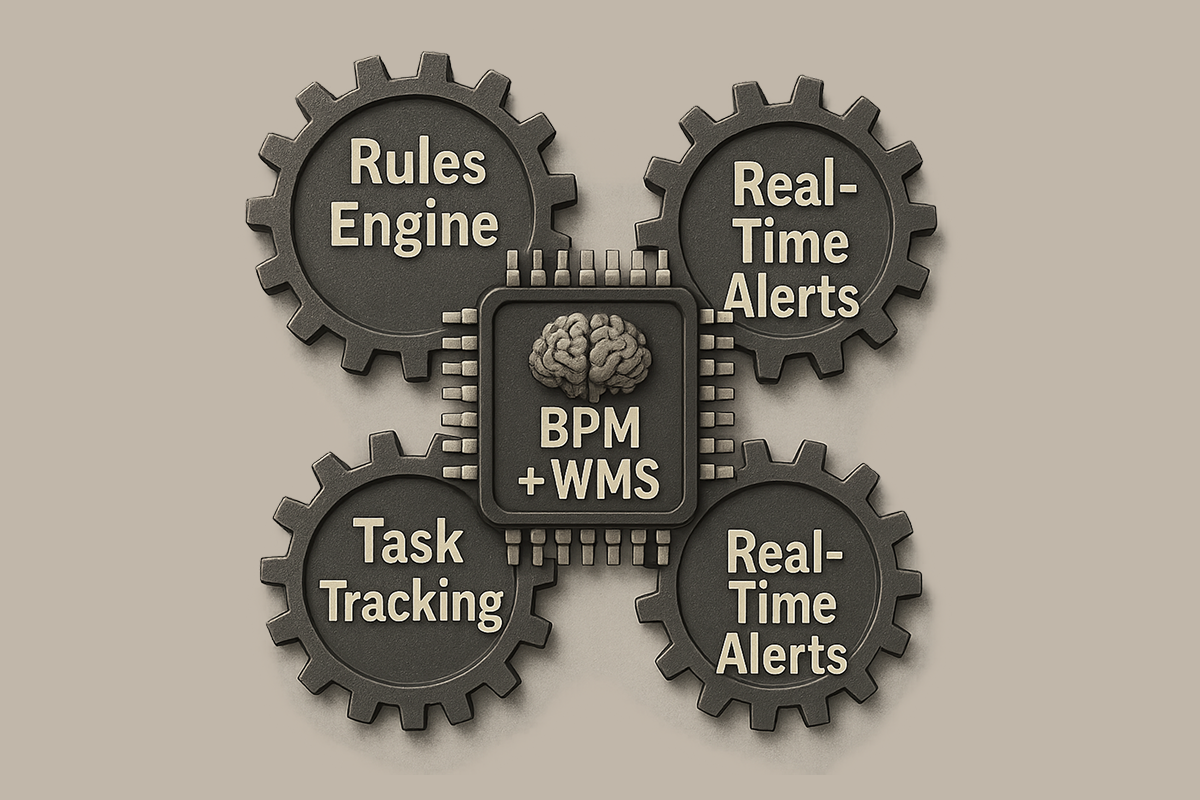Already for several years, recommendation systems (or recommenders) became essential for every person who uses the Internet on a daily basis. We can face recommender systems while using large ecommerce platforms like Amazon and eBay, online movie and streaming platforms like Netflix, Hulu, and Spotify, and even in social media feeds powered by sophisticated machine learning algorithms.
What is a recommendation system and why businesses need it? A recommendation engine is an intelligent software system that analyzes user behavior, preferences, and historical data to predict and suggest products, content, or services that users are most likely to engage with. In 2025, these systems leverage advanced neural networks, collaborative filtering, and deep learning techniques to deliver increasingly accurate and personalized recommendations.
Today we will share our experience and expertise talking not only about key advantages and disadvantages of recommendation systems, but also about the most common issues we face during the development.
Interested? Keep on reading!
Advantages of Recommendation Systems
Today the majority of recommendation systems are based on machine learning and artificial intelligence, so understanding the recommendation system benefits and recommendation system challenges is crucial for successful implementation. The main disadvantages partially correlate with the usual issues we face during typical machine learning development, but are still slightly different. Let's have a closer and a more dedicated look at the business value of recommendation systems.
1. Revenue and Sales Increase
For years the revenue increase is probably the most popular indicator for every business owner. As we already know, recommendation systems can be used in various situations to solve different business goals. Let's have a closer look at Amazon, where the successful recommendation engine implementation led to the 29% annual sales increase.
Amazon analyzed the most common purchases made by its users with the purpose to gain the insights their business intelligence systems did not find. The list of purchases is a vast amount of data, so it is impossible to do it manually, as well as it is very complicated and takes a long time to find some correlations between purchases for traditional data analysis algorithms.
So Amazon used comprehensive machine learning algorithms and collaborative filtering techniques to process the data. As a result, after the successful model learning, the developers from Amazon achieved the neural network that can predict users purchases, according to their shopping history, and recommend them the next product to buy. Also, every user was categorized and placed into several groups, according to the data about the users with similar buyer profiles (so-called look-a-like audience or user segmentation).
2. User Satisfaction Growth
As you probably already understood, the second advantage comes from the first one – user satisfaction and enhanced customer experience.
When a user sees the personalized feed, generated by the recommendation system: no matter whether we are talking about music, books, news, movies, e-commerce, or even content recommendation on social media platforms – he feels less stress, experiences reduced decision fatigue, and more connected with the service.
So if the service can offer the personalized feed (built according to the correlation with the recent purchases) and understands the user's needs (from a similar look-a-like audience), it tends him to buy more which leads both to the customer satisfaction and revenue increase.
3. Turnover Increase
Recommender systems can provide the turnover increase for any business through social proof and network effects. As we already know, the recommendation engine analyzes the users' behavior using behavioral analytics and predictive modeling. It can take into consideration the connections between several users too, leveraging social recommendations and friend-based filtering.
Everyone cares about what other people think about us: especially our friends and relatives. Such engines can provide quite precise recommendations according to the reviews which our friends left about the specific good or service, creating powerful word-of-mouth marketing effects.
Moreover, we can build a model that can recommend the goods or services taking into consideration the reviews from your friends and relatives, which will help the user to stay in touch with its relatives and friends while discovering new products through trusted sources.
This way, we can recommend the original barbershop not only to a similar audience but also to the relatives or friends of a specific user by showing its review. Finally, that will increase on-site offline traffic and generate additional sales. By the way, some huge classifieds like Yelp, TripAdvisor, and Google Maps already implemented similar social recommendation features in 2025.
| Recommendation Approach | Best Use Case | Accuracy | Implementation Complexity |
|---|---|---|---|
| Collaborative Filtering | E-commerce, streaming platforms | High (85-90%) | Medium |
| Content-Based Filtering | News, articles, blogs | Medium (75-85%) | Low-Medium |
| Hybrid Systems | Large platforms (Netflix, Amazon) | Very High (90-95%) | High |
| Deep Learning Models | Complex user behavior prediction | Highest (92-97%) | Very High |
Challenges of Recommendation Systems: Unobvious Development Issues
It is not customary to talk about shortcomings, but we will. It should be remarked, that building and gaining all benefits of recommendation systems is not the natural and straightforward process, as it may seem to be. Understanding these recommendation system challenges is critical for successful implementation.
At Azati we developed several recommended systems. So we can share our experience and describe the most common problems we often face, including significant data issues in recommendation systems.
1. Deficiency of Information (The Cold Start Problem)
Perhaps the most common and significant difficulty among challenges of recommendation systems is a lack of high-quality data to complete the neural network learning. This is often called the cold start problem in machine learning.
It takes a lot of cleared data to create a recommendation system that works efficiently and makes precise suggestions. The neural network that powers recommender software is quite sensitive to any data distortion and data quality issues. It means that if we give the inaccurate and uncleared data – we cannot expect the precise results, highlighting critical data issues in recommendation systems.
While teaching a neural network for a huge company (like Facebook, Google, or TikTok), you can expect the cleared data without any distortions, just because they have plenty of data to share. But medium and small companies often do not have a lot of data, and the vendor uses it as is, leading to data quality challenges.
The great example is from another project. We developed the system that digitizes documents and is powered by another machine learning model. The purpose of the system was to scan and digitize the reports being generated by another software. Well, that was not the easiest task. Just in case in some documents the text was overlaid one to each other in such a way that even our in-house specialist could not recognize it.
2. Information Variability (Dynamic Data Challenge)
Recommendation Engines are always based on the data collected during past or current periods. And it is a crucial challenge for real-time systems. This represents one of the key challenges of recommendation systems in 2025.
There are several business industries (Media, Online Gaming, Marketing, Social Media, and News Platforms), where the information is changing swiftly. In such sectors, we use the "old data" to complete the learning, while the situation could already be changed. When we finish the teaching, there can already be more precise and fresh data. So the suggestions are less relevant or even irrelevant at all, creating model drift and concept drift issues.
There is a simple way, and we can solve this issue through continuous learning and real-time model updates. We reteach the neural network after every new period again and again using incremental learning techniques.
But here are some moments that we should take into consideration:
1. The Machine Learning process takes time. The more data we use to complete the learning – the more time and resources it would consume.
Finally, If there are vast amounts of data you want to use without releasing unnecessary data in the process, and plan to add additional datasets every future period – the time for data processing will increase in arithmetic progression, affecting system scalability.
2. Resource consumption. We can divide it into two categories: human resource consumption and virtual resource consumption.
What concerns human resource consumption, you will probably need a dedicated specialist that will provide the necessary operations to reteach the neural network. Hopefully, you can outsource that process and decrease support costs through MLOps automation.
Virtual resource consumption is about renting or buying dedicated computer powers that are used for machine learning. Unfortunately, you can't optimize that process. The more data you have, the more time it will require to teach the neural network and the more resources it will consume in the process.
Hopefully, there is a way to avoid all that complexity. Just rid of machine learning and use traditional approaches, methods, and algorithms to process the data using rule-based systems or heuristic algorithms. It will be less accurate, more predictive and easy to support. The suggestions will be slightly less accurate, but still useful to users or clients.
3. Unpredictable Performance (ROI Uncertainty)
Today we live in an extremely fast-changing world. So businesses all over the globe are in chase of constant revenue increase and turnover growth. The best way to provide year to year growth is to plan everything: develop the strategy and follow it. Every business strategy is primarily based on numbers and data.
As business owners count not only every minute but also the single cent and calculate the Return On Investment (ROI) for every operation they perform. It is rather challenging to estimate the value of the recommendation engine at first, making business case development difficult.
Although it is easy to understand what benefits of recommender systems we can get and comprehend the business value of recommendation systems. It is close to impossible to evaluate the benefits it brings in money terms until you try implementing it to the existing business processes through A/B testing and pilot programs.
This way businesses prefer to invest money in something more predictable. But always there is an enthusiastic company that invents or integrates new technologies. It makes crazy incomes in short terms, and after that, the market follows.
The most excellent example of such technological integration is the Netflix recommendation system. Recommendation platform integration at Netflix led to the increase in the number of screen views more than twice. Now they say that the recommender generates about 75% of all Netflix views, saving them over $1 billion annually in customer retention costs. It sounds like the truth.
That example is quite descriptive, showing us the way it works: we integrate recommendation systems into the existing ecosystem using API integration and microservices architecture. And moreover benchmark the performance and tune the algorithm, making it solve the current business goals through continuous performance monitoring and algorithm optimization.
Conclusion: Business Value of Recommendation Systems
The recommendation system is not the kind of thing that is easy to imagine in every company and every industry. But if it is suitable for your business and there already are successful integration cases in your industry, you should probably think about it.
Understanding both the advantages of recommendation systems and the challenges of recommendation systems is crucial for making informed decisions about implementation. The business value of recommendation systems extends far beyond simple product suggestions – it encompasses improved user experience, increased customer lifetime value, enhanced conversion rates, and sustainable competitive advantage in the digital marketplace.
In 2025, recommendation systems have become more sophisticated with the integration of generative AI, large language models, and multimodal learning. These advanced systems can now understand context, sentiment, and even visual preferences to deliver hyper-personalized experiences that were impossible just a few years ago.
Key Success Factors for Implementation
When considering recommendation system implementation, keep these critical success factors in mind:
- Start with clear business objectives: Define specific, measurable KPIs like click-through rate improvement, conversion rate increase, or average order value growth.
- Prioritize data quality over quantity: Clean, well-structured data from 10,000 users is more valuable than messy data from 100,000 users. Address data issues in recommendation systems before scaling.
- Choose the right approach: Not every business needs a complex deep learning solution. Sometimes a simple collaborative filtering or content-based filtering approach delivers 80% of the value at 20% of the cost.
- Plan for continuous optimization: Recommendation engines require ongoing monitoring, testing, and refinement. Allocate budget for A/B testing, performance analytics, and regular model updates.
- Consider the cold start problem: Have a strategy for new users and new items. Hybrid recommendation systems that combine multiple approaches often perform best in real-world scenarios.
Ready to Get Started?
If you're considering integrating a recommendation system into your business and want to understand what is a recommendation system and why businesses need it for your specific use case, don't hesitate to contact our team. We'll help you navigate the development process, avoid the most common problems recommendation engine development encounters, address critical data issues in recommendation systems, and build a solution tailored to your goals and budget.
Our expertise spans across various industries – from e-commerce platforms and streaming services to content publishers and SaaS applications. We understand both the technical complexities and business implications of recommendation systems, ensuring you get the maximum return on your investment.





